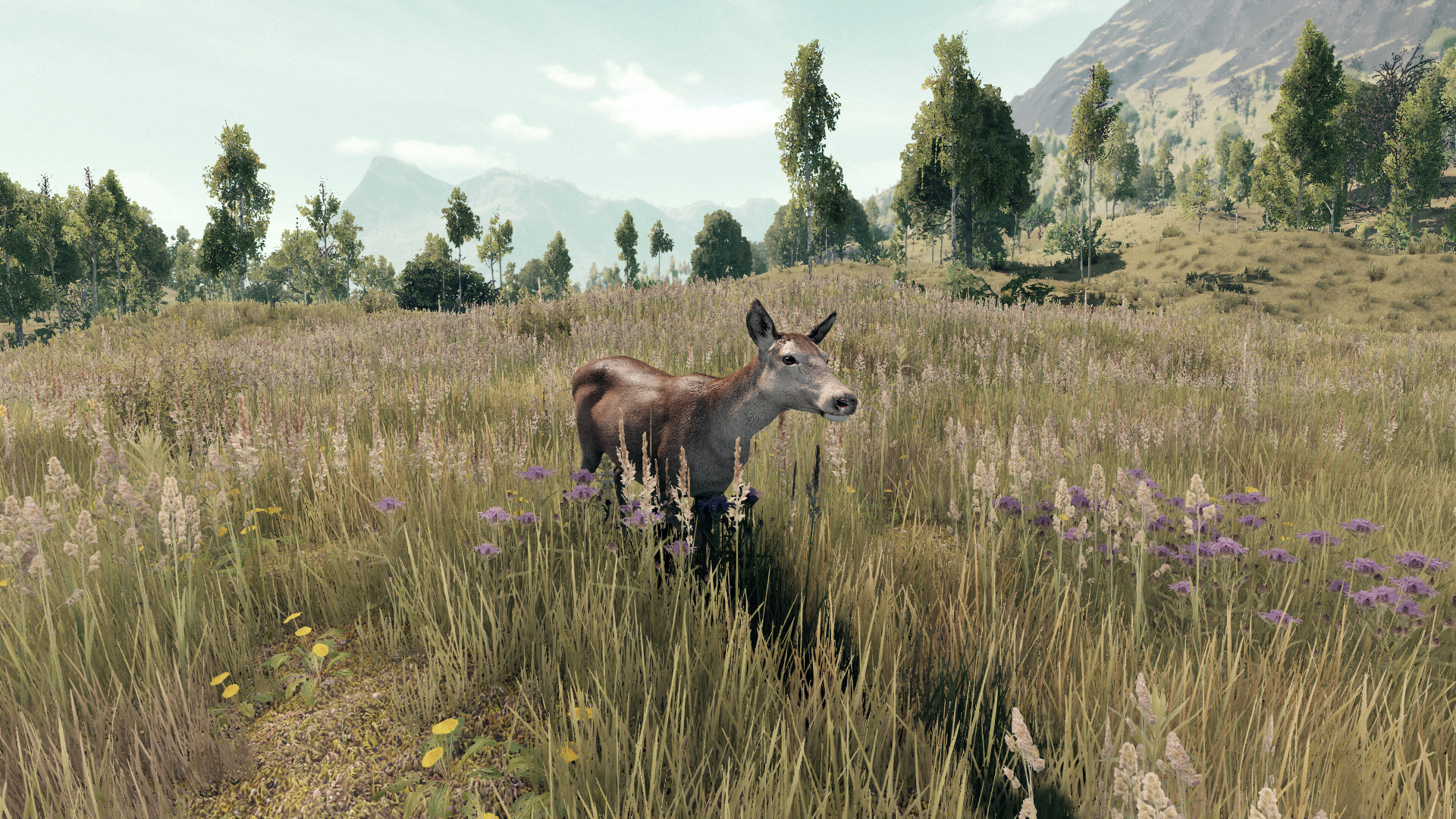

On the west side a drawbridge led over the approximately 20 meter wide moat into the country.Īround a hundred years after completion, the core castle received a defense in the form of kennel walls with battlements and protruding wall towers at the four corners. In the north it remained open to the inner castle. The first outer bailey was fortified on its east, south and west sides by strong building walls with a battlement. From the south side a drawbridge led to the outer bailey. The high entrance was on the south side of the first floor and could only be reached via a narrow ladder. The residential tower was made of quarry stone and had four floors. The core castle initially consisted of a residential tower, which was common for Rhenish moated castles at the time, and had a base area of 11.50 by 10 meters with a wall thickness of two meters in the lower area and a height of around 20 meters to the top of the roof. It was named Zer Heiden after the heathland in which it was built at the time. The castle complex had an extension of about 94 meters in north-south and about 40 meters in east-west direction. The complex was probably completed in 1303 and consisted of the core castle and initially only one outer castle.

The entire complex was painstakingly restored by its owner between 20 in compliance with monument preservation requirements and is now used as a private residential complex. The core castle has been left to decay since the end of the Thirty Years War and has therefore remained almost original as a ruin. Today we only find a remnant of the once wide trenches in the north of the complex. The two outer castles of the moated castle were used by a farm until 2001 and their floor plan has not changed since the middle of the 17th century. The French Revolution ended the feudal rule in the Heydener Ländchen in 1786, but the old name reappeared between 18 when the later municipality of Richterich was referred to as "Municipality" or "Mayor of Heyden". In 1926 she sold it to General Manager Westermann, who leased the building from 1929. From 1547 the von Bongart family was again the owner and remained so - at times together with the von Leerode and Hochsteden families - until the 20th century.


 0 kommentar(er)
0 kommentar(er)
